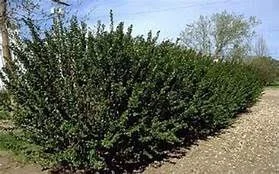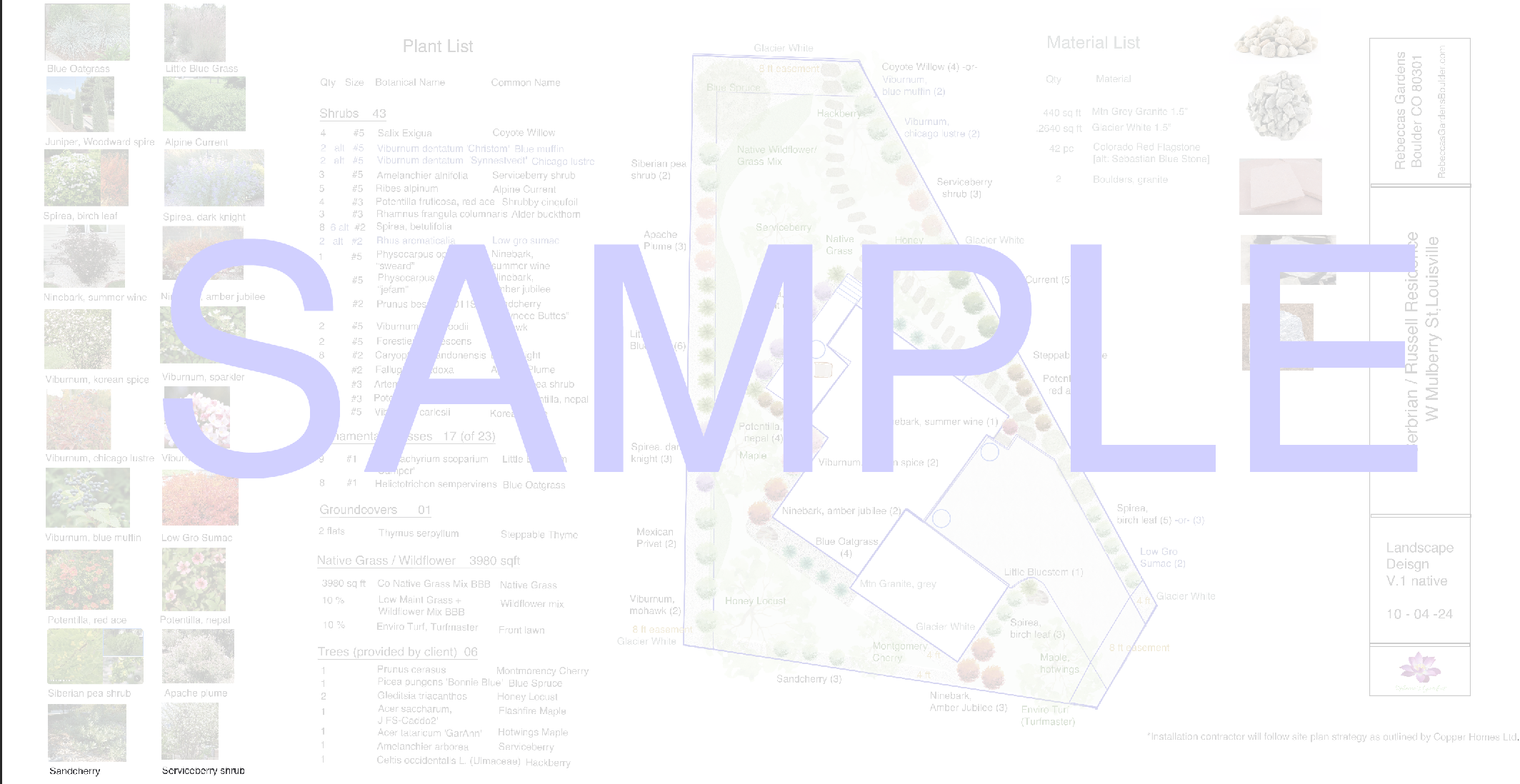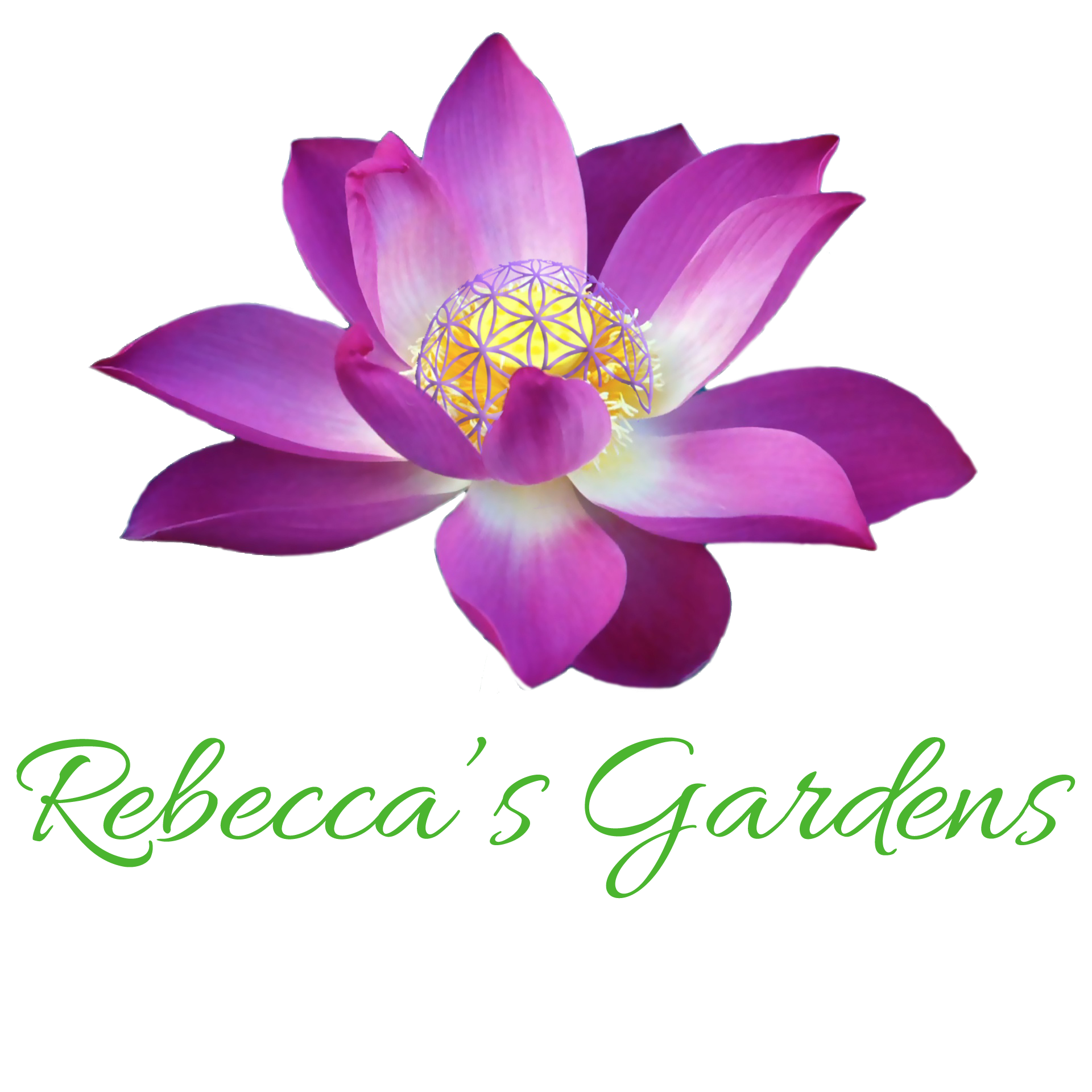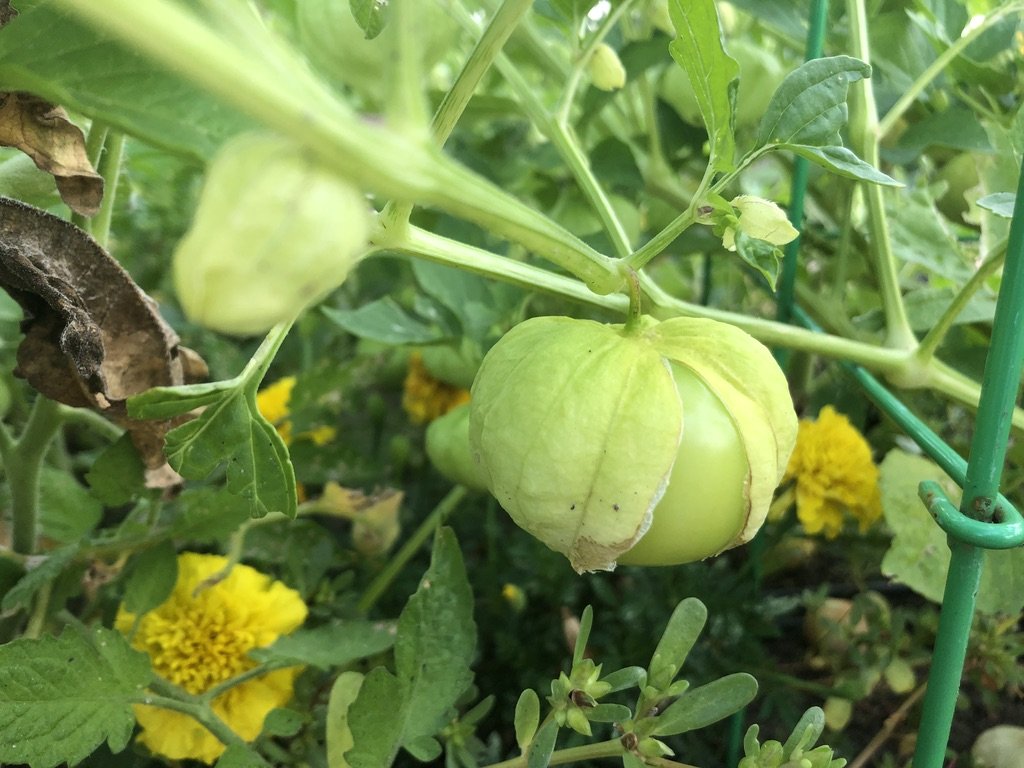544 University
Haava-Jaird’s Landscape Refresh
DESIGN | PLANTS + MATERIALS | SOIL | CARE + MAINTENANCE | RECOMMENDATIONS | RESOURCES
For the shady spot in your beautiful Japanese front garden - I recommend the Japanese Yew.
Because this species grows slowly, you could plan to get one at least 4' ft high to provide some immediate privacy coverage.
There are a few other selections (to offer options) but I think they would need more sun than that area may get on average.
As you are aware, anything planted in mostly shade (under 2-3 hrs direct sunlight per day) will typically not grow as fast or as full, but still with pleasing unique adaptations to the environment!
I look forward to your thoughts.
Upright Japanese Plum Yew "Cephalotaxus harringtonia ‘Fastigiata’"
6-8'h x 3-4'w at maturity
Yews are one of the best shade tolerant evergreens available for this climate, so replacing the ones you had may be a good bet.
Korean Spice Viburnum "Viburnum carlesii"
8-10'h x 6-8'w at maturity
If you'd like some color and subtle fragrance through the summer and fall, and don't mind it not being evergreen over winter, then this plant is ideal in shade.
Hedge Cotoneaster "Cotoneaster lucidus"
6-8'h x 4-6'w at maturity
A privacy-screen deciduous shrub that may grow to full size fast and will give fall color. Full to Part Sun (4-6hrs/sun day).
Weeping Norway Spruce "Picea Abies Pendula"
6-10'h x 4-6'w at maturity
Thrives in full sun and can live for 60 years or more in a suitable environment.
SIMPLY INCLUDING THIS BECAUSE IT MAY NEED A NEW HOME SOON
Cheyenne Privet "Ligustrum vulgare"
6-8'h x 4'w at maturity
Great for hedges, and can handle part shade. You have existing privets at the front, giving you a choice of continuity.
Slender Hinoki (False) Cypress "Chamaecyparis obtusa 'Gracilis'"
8-12 or 15' tall and 4-5' w at maturity
Perhaps for a larger spot with more sun.
Next Level Beauty + Inspiration
A MEDITATION IN MOTION + A FEAST FOR THE GARDEN SENSES
Let Rebecca Know By Requst If You Would Like Design For An Area Of Your Landscape
SAMPLE DESIGN
How To Build Colorado Soil For Adapted Plants
THE HEALTH OF YOUR PLANTS IS FIRST AND FOREMOST ABOUT THE HEALTH OF YOUR SOIL
COLORADO SOIL STRUCTURE + AMENDMENTS
WELCOME TO COLORADO: A HIGH ALPINE DESERT
The “high alpine desert” (high and dry) zone of our Colorado front range means that the soil here is typically a rocky compacted clay, deficient in nitrogen or other nutrients. The soil here has a high “alkaline” pH of 7.0 - 8.3, due to the high amount of calcium carbonate (free lime), a reflection of limited rainfall and rock weathering.
While native plants thrive due to natural adaptation in this extreme substrate, other species may require amendments or other resources to support growth.
To adjust for this, here are the elements we can easily add to this soil to make it more hospitable and to support your garden beauty and bounty.
START HERE + BRING YOUR SOIL TO LIFE
In perennial beds, after spring clean up, and before adding seeds or starts, it is highly recommend to:
1) OPTIONALLY Aerate or till the existing raised bed soil. In a raised bed specifically designated for use as a vegetable garden, it can be difficult to apply a no-till practice. In this case, it’s fine to balance structure and provide nutrients by adequately loosening up and amending the soil.
BALANCE YOUR SOIL STRUCTURE WITH THESE ELEMENTS
2) Add a moisture-retaining element such as rice hulls, pearlite, or vermiculite (expanded shale). If you want to support a local reseller, these are available at McGuckins. The volume needed will depend on your square footage as well as any unique microclimate influences of note.
The gardener’s goal here is to create a loamy soil strucure (an equal balance of sand/silt/clay). We’re going for the “goldilock’s zone” of not too heavy, not too light, but just right, with good moisture retention. Here’s how to identify what general soil type you may be working with and now to balance it:
→ DENSE DIRT OR CLAY Most of the Front Range of CO has dense or clay dirt masquerading as soil. So, if you soil is overly dense, compacted, or has a high clay content, you’ll want to lighten it up. For this, you can use rice hulls, pearlite, and/or vermiculite. These elements act to retain moisture by wicking and dispersing, making it available to the roots in a more even distribution over a longer period. Coconut coir and spanghum moss also provide a lighter weight to the surrounding soil media thus aerating and lifting the density.
→ SANDY SOIL If your soil is too sandy or dry dusty silt, water may run through it too fast, or it may not cultivate the density necessary to support the kind of microbial activity that will truly nourish your plant roots. So you’ll want to create more moisture retention and build up the structure slightly. In this situation, coconut coir acts as a fine moisture retention element, or you could use vermiculite for even more retention. Consider removing a % of the existing media and/or adding raised bed soil to bring the structure into balance.
For moisture balance, remember this general rule of thumb: Use rice hulls, coconut coir or perlite when you want better drainage and aeration. Use vermiculite when you want more moisture retention.
What’s Your Starting Soil Type?
Use Amendments To Balance Soil Structure
Here’s What A Healthy Balance Might Look Like
NEXT FERTILIZE YOUR SOIL WITH
COMPOST + NUTRIENTS
There is a difference between soil and dirt. Dirt can be any media such as sand/silt/clay, but it lacks the living microbes or fungal networks that create the ‘soup’ of life within which plant roots symbiotically thrive. Soil, on the other hand, can have a base of the same media, yet it is ALIVE, providing a living soup for such organisms. Soil has a balanced structure, density, and most importantly: the biodiversity necessary to support a living eco-system thriving within. Here’s how to build biodiversity and healthy structure into your Colorado soil:
COMPOST
3) Add a volume of organic compost suitable for vegetable or medicinal garden use. Start by adding a layer to the top of the exposed soil and then mixing it in. Great composts to use can be anything from Alpaca or Chicken poop from your local farm (make sure it’s not too “hot”), to bagged compost. Here are our recommended bagged planting soil blends, available at local suppliers such as McGuckins:
• The Bomb — by Paonia Soil Co
• Sheep ‘n Peat — by Earth Essentials
• Ocean Forest — by Fox Farm
FERTILIZERS
4) Add nutrients that help plants grow. Your typical fertilizers will have a blend of Nitrogen—Phosphorus—Potassium (N-P-K). Together these provide a spectrum that meets plant needs. You can also add other natural elements such as worm castings, bat guano, fish or kelp emulsion, blood or bone meal. Keep in mind that each of these has their own ratio, so make sure it’s what your plant needs before applying. We recommend the following brands:
• Root | Grow | or Bloom — by Age Old Organics
• Hemp Dress — by Key To Life
BOOST SOIL BIO-DIVERSITY
5) Add mycorrhizae (a fungus that grows in association with the roots of a plant) for help with nutrient uptake to help plants and ecosystem grow. Establishing this root-based systemic network is essential in that it helps plants attract and absorb nutrients from the surrounding soil that its roots alone would not be able to draw up. It’s like ‘nature’s wifi’— helping connect the neighborhood bio-chemically through the soil. Nature takes time to build this, and we can help speed it up by introducing the mycorrhizae.
• Mycorrrhizae — by Big Foot
ADD WATER SLOWLY AS YOU MIX YOUR SOILS
6) Slow water. Let the amendments soak down with slow watering (to avoid fast runoff) before planting. Soaking, rather than spraying, will give your soil time to sink in and begin to come to life. Make sure the water soaks deeply down and doesn’t just sit in the top few inches of your soil.
PLANT YOUR SEEDS + STARTS
7) Now your seed and starts are ready to be planted. By nurturing the soil before planting, you increase the success rate of your introduction, robustness, and longevity of your new plants, as well as contribute to a healthier ecosystem.
Additional Natural Products
CLICK HERE FOR A FULL LIST OF RECOMMENDATIONS
for horticultural and vegetable gardens
STEPS FOR CULTIVATING PLANT GROWTH IN YOUR GARDEN
USE MULCH TO COVER BARE SOIL
TREE BARK Gorilla hair mulch is a hairy type of shredded tree bark widely used as a garden mulch. Depending on your preference for using weed barrier material, this is a good one to use a strip of weed barrier or weed mat under for smaller walkways. This mulch settles down into a matt that is wind resistant and at the same time creates a soft thick layer to walk on that doesn’t allow as many weeds to propagate as gravel.
LIVING MULCH Short green plants like thyme, veronica, and clover can be used to cover soil between taller plants and keep weeds from growing, while enriching the soil and attracting beneficial insects. In fact, many of these are prized for their use as lawn alternatives. Check your microclimate requirements and each plant’s growing preference to make sure they will grow where you intend.
WOOD CHIPS Wood chips are a fine option for walkways or large shrub/tree areas. Do NOT add them as a cover to your perennial or veggie gardens, though, as wood and bark can lock in nitrogen from the soil keeping it from the growing plant roots that need it.
STRAW is the best mulch material for your raised veggie beds. (NOT HAY). The importance of covering bare soil cannot be understated. A good organic material that keeps the moisture in is essential for healthy soil, especially at high altitudes with extreme weather and low precipitation. Although they may look similar, straw and hay are different in one important feature: Hay, which is grown to feed animals, contains seeds. If used as mulch, these seeds germinate and create a weed problem. A good quality straw contains few seeds. Leaves, ground to a fine consistency can also be sprinkled as a mulch. Make sure any material you use in your edible gardens is either biodynamic or organic and has been grown free from chemicals or chemical fertilizers, including the groundwater in the area.
ENCOURAGE BIODIVERSITY WITH COMPANION PLANTING
While there are many definitions of what makes a healthy ‘plant guild’, essentially we are looking to create a polyculture by placing species (vegetable, flower, herb) that grow well together, are chemically beneficial for one another, as well as some that attract pollinators and/or some that repel pests.
We’ll give you some of our suggestions for your unique garden. Diversity is key, so play around with your senses — imagine what you’d like to see, smell, taste, or use, or experiment to find what suits your garden best. Here is a link to a good companion plant search, if you get curious about what would grow best with each specific species: https://www.epicgardening.com/?s=companion+plants
Our plant recommendations are selected with your microclimate in mind— including sun, soil, and water conditions, species variety, seasonal fruiting or bloom times, companion planting, nitrogen fixers, pollinator attractors, natural pest resistance, aesthetics and overall balance. With over a decade in the industry working on the front range in this high alpine zone, we believe these selections are well suited to bring your garden to life. Planting can be partly intuitive and also counter intuitive. If you have any additional questions, just reach out.
Garden Maintenance Tips
Natural Weeding Options
Click these separate links to read more or find out DIY tips
• Best Applications for Vinegar DIY
• Pulverize Weed Killer (Natural) Recommended Product
Local Nurseries + Vendors We Recommend
Find your seeds or plant starts here, as well as tools, materials, and more! We’re pleased to share the health and the wealth of opportunity among these associations from our many professional and social circles. Rebecca’s Gardens Design makes it our goal to stay as consistent as possible with the larger picture holistic ecological values for plants, people, and our planet. Thank you for your commitment to sourcing biodynamic or organically grown plant species or varieties, soil, or other products.
Your Photo Album
We’re genuinely excited for your garden time this season! May your heart grow in abundance, wisdom, and joy, just like your new yard. You are encouraged to learn from experimentation and don’t forget to celebrate both your small step successes, and lessons learned. In our experience, just like life, gardening is a Journey… and who we become along the way is the real treasure. So try something new, do your best, and leave room for enjoyment. You know where to reach us if you need any help, have any questions, or want to try out your ideas along the way. Enjoy the gift of this season!
~ Rebecca
A Fun Harvest Mid-season 2020
Tasty ground cherries








































